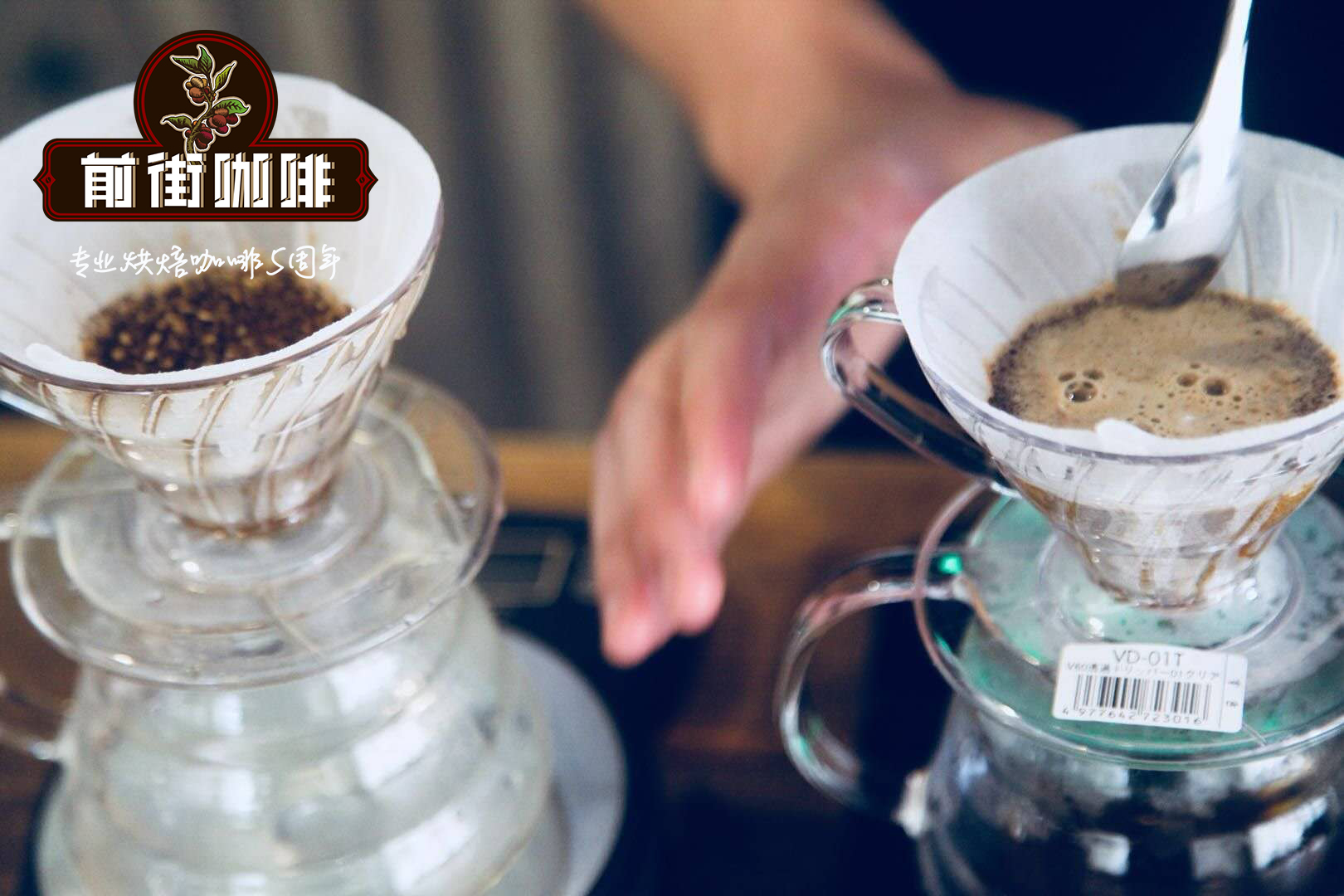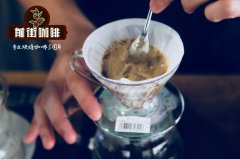Burundian Coffee introduces Burundian Coffee appreciates the taste and flavor of Burundian coffee

Professional coffee knowledge exchange more coffee bean information please follow the coffee workshop (Wechat official account cafe_style)
Bloomberg began to grow coffee in 1930, and the varieties are mostly bourbon varieties like neighboring Luanda. Coffee grows on mountains ranging from 1750 to 2000 meters above sea level.
The first Arabica coffee tree in Bloomberg was introduced by Belgium in the 1930s.
More than 800000 of Bloomberg families depend on coffee cultivation for a living, mostly in small-scale coffee plantations
Planting at intervals with other crops, artificial planting, without mechanized equipment, most of the varieties of coffee trees are Bourbon and Jackson and Mibirigy, which also belong to the Bourbon system, and the treatment methods are washing and semi-washing.
In the past, it was mostly exported to Belgium, Germany, the Netherlands, Japan, Australia and the United States.
Coffee export is already an important economic source of Bloomberg, which is mainly different from the famous coffee producing areas.
The coffee production pattern of Bloomberg in Kayanza, Ngozi, Mumirwa, Buyenzi and Kirimiro is similar to that of Ethiopia, with the majority of small-scale farmers, and the farmers of the Nialu Nashi Cooperative (Nyarunasi Cooperative) send their harvested ripe berries to the treatment plant for unified treatment.
Coffee harvested by small farmers is washed with traditional water. The berries are shelled, soaked and washed in a sink, and then placed on a scaffolding to dry in the sun. Coffee beans are almost flawless, and the size is equal to the water content.
After baking with high maturity, the bean noodles show a very bright baking color, and the taste is full of wild and residual.
The strong taste and aroma are different from most high-quality and mild coffee on the market, in Europe
Has a very high opinion. The dry aroma is as strong as that of Kenya, and you can feel it at the entrance.
Very full-bodied, vanilla-like taste, a little wild feeling, full-bodied coffee, lower acidity than Kenya, texture
Slightly thicker than Kenya, the afterrhyme is lighter than Kenya, with the inherent characteristics of East African beans, but also quite unique.
Flavor features: honey, kumquat, violet flower, light acidity, smooth taste, saturated aroma
End
Important Notice :
前街咖啡 FrontStreet Coffee has moved to new addredd:
FrontStreet Coffee Address: 315,Donghua East Road,GuangZhou
Tel:020 38364473
- Prev

Delicious Arabica beans, Sumatra manning
Professional coffee knowledge exchange more coffee bean information please follow the coffee workshop (Wechat official account cafe_style) Coffee in the gentleman Sumatra Manning is a fine coffee bean grown in Michael's original mountain area at an altitude of 7501500. The most famous producers of coffee in Asia are the islands of Malaysia: Sumatra, Java and Gary Mann. Sumatra Mante
- Next

El Salvador Coffee Characteristics and Environment of El Salvador Coffee
Professional coffee knowledge exchange More coffee bean information Please pay attention to coffee workshop (Weixin Official Accounts cafe_style) El Salvador's terrain belongs to highland terrain and is the smallest country in Central America. Because there are two parallel mountains in the territory, volcanic soil is rich in minerals, this special geographical environment makes El Salvador suitable for planting coffee.
Related
- Detailed explanation of Jadeite planting Land in Panamanian Jadeite Manor introduction to the grading system of Jadeite competitive bidding, Red bid, Green bid and Rose Summer
- Story of Coffee planting in Brenka region of Costa Rica Stonehenge Manor anaerobic heavy honey treatment of flavor mouth
- What's on the barrel of Blue Mountain Coffee beans?
- Can American coffee also pull flowers? How to use hot American style to pull out a good-looking pattern?
- Can you make a cold extract with coffee beans? What is the right proportion for cold-extracted coffee formula?
- Indonesian PWN Gold Mandrine Coffee Origin Features Flavor How to Chong? Mandolin coffee is American.
- A brief introduction to the flavor characteristics of Brazilian yellow bourbon coffee beans
- What is the effect of different water quality on the flavor of cold-extracted coffee? What kind of water is best for brewing coffee?
- Why do you think of Rose Summer whenever you mention Panamanian coffee?
- Introduction to the characteristics of authentic blue mountain coffee bean producing areas? What is the CIB Coffee Authority in Jamaica?

